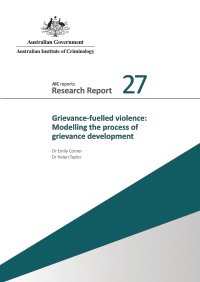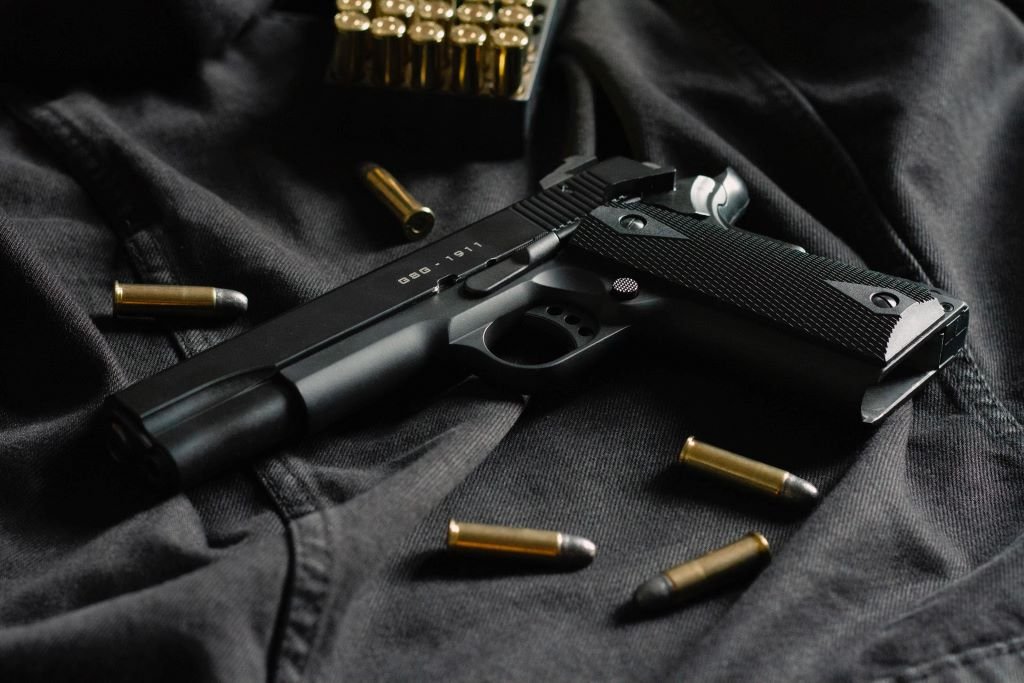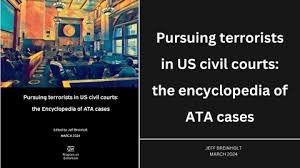Mark S. Hamm and Ramon Spaaij
This research offers the largest and most comprehensive database ever created on lone wolf terrorism, along with a theory-informed case study component based on direct contact with imprisoned lone wolf terrorists, and a comparative analysis distinguishing lone wolves from those who undergo radicalization in a group setting. Strictly in terms of lethality, the data indicate that lone wolf terrorism in America is not on the rise. Although lone wolf terrorism may not be increasing, it is undergoing two important changes in modus operandi. First, uniformed police and military personnel have become the primary target of lone wolf terrorists. Second, consistent with the relaxation of U.S. gun laws since the 1990s and the recent trend in mass shootings, the lone wolf’s preferred weaponry is now a staggering range of high-velocity firearms. While there is no standard profile of the lone wolf terrorist, most of them are unemployed, single white males with a criminal record. Compared to members of terrorist groups, lone wolves are older, less educated and more prone to mental illness.
The study validates a series of commonalities associated with pathways to radicalization for lone wolf terrorists. The radicalization model indicates that lone wolf terrorism begins with a combination of personal and political grievances which form the basis for an affinity with online sympathizers. This is followed by the identification of an enabler, followed by the broadcasting of terrorist intent. The final commonality is a triggering event, or the catalyst for terrorism. The ability of law enforcement and intelligence communities to detect and prevent lone wolf terrorism demands a clear understanding of these radicalization processes. Such insight may provide investigators with a sort of detection system, or “signatures”—as minimal as they may appear—that an individual with a terrorist intent will demonstrate in preparing for an attack. Crucial to this understanding is the broadcasting of intent. While lone wolves physically isolate from society, at the same time they seek recognition for their causes through spoken statements and threats, manifestos, e-mail messages, texting and videotaped proclamations. Focusing on this kind of immediate objective of radicalization among lone wolves, rather than on their underlying grievances, may sharpen our focus on the dangers posed by lone wolf terrorism.
U.S. Department of Justice.. February 2015. 28p.















